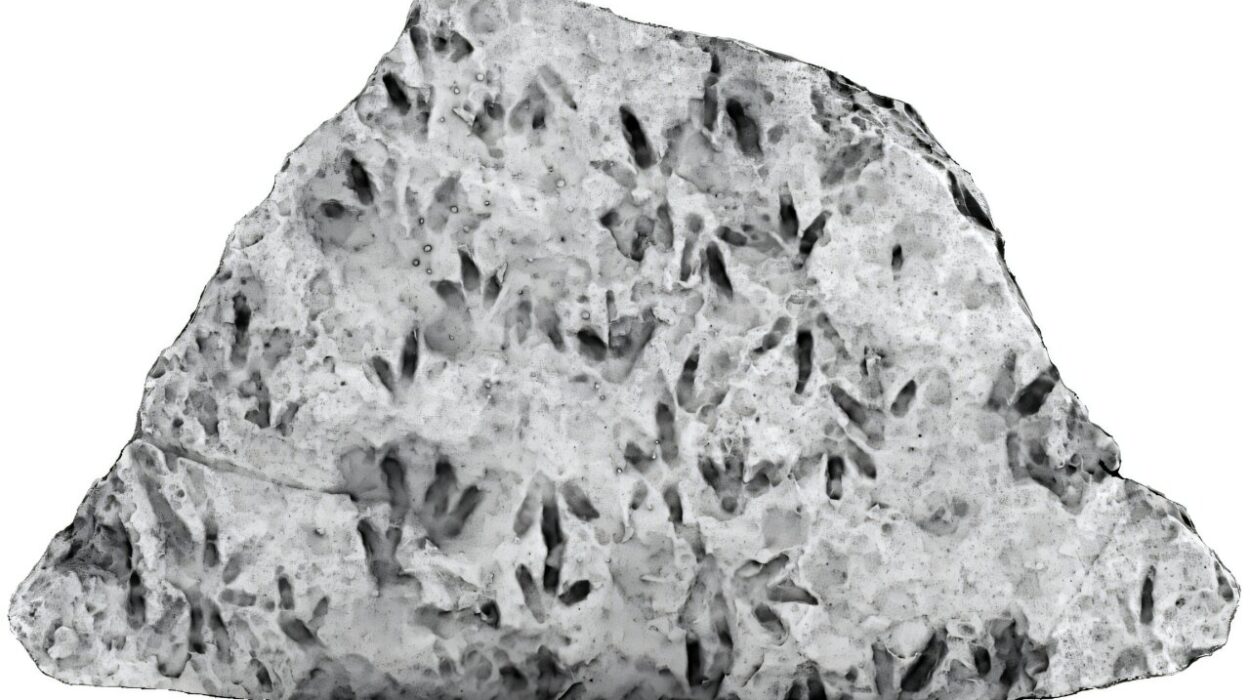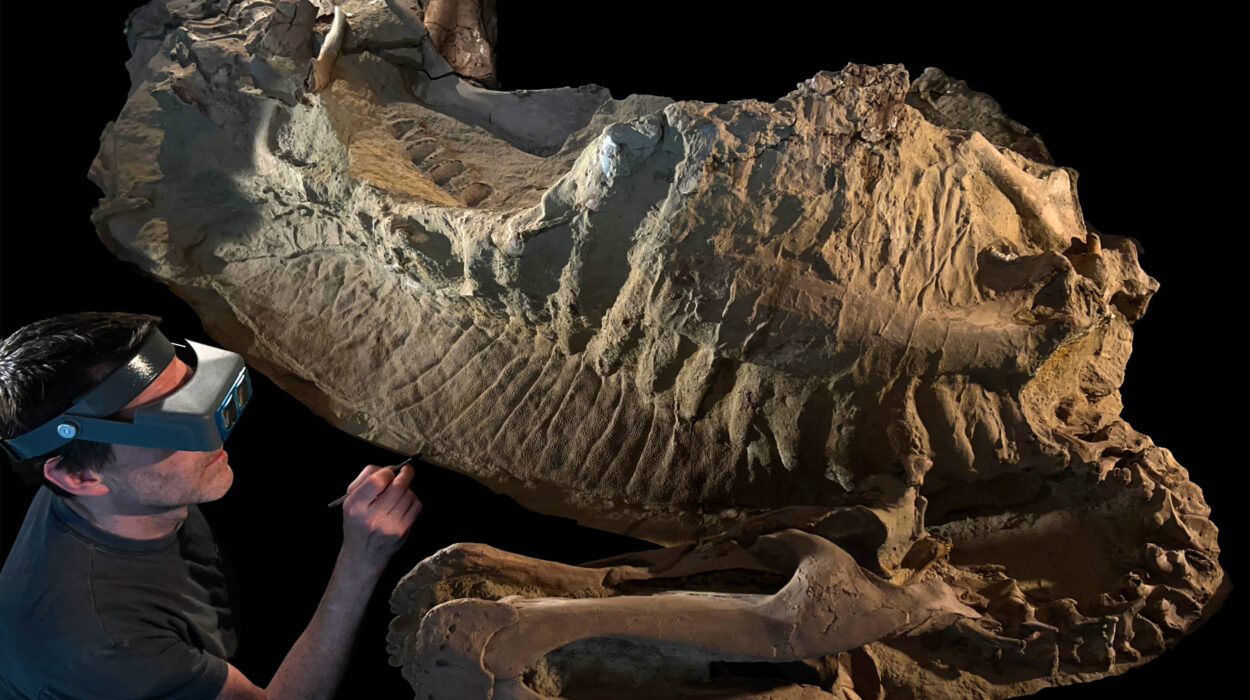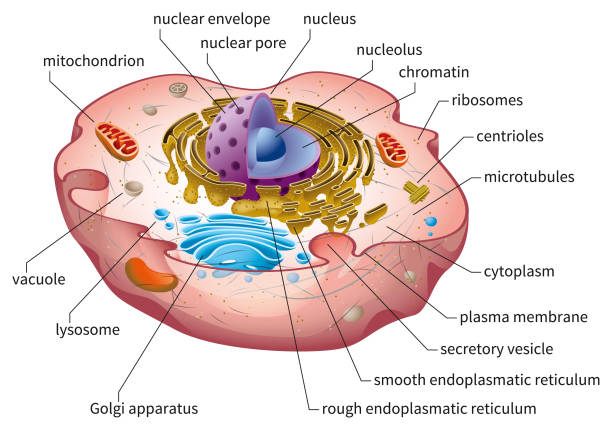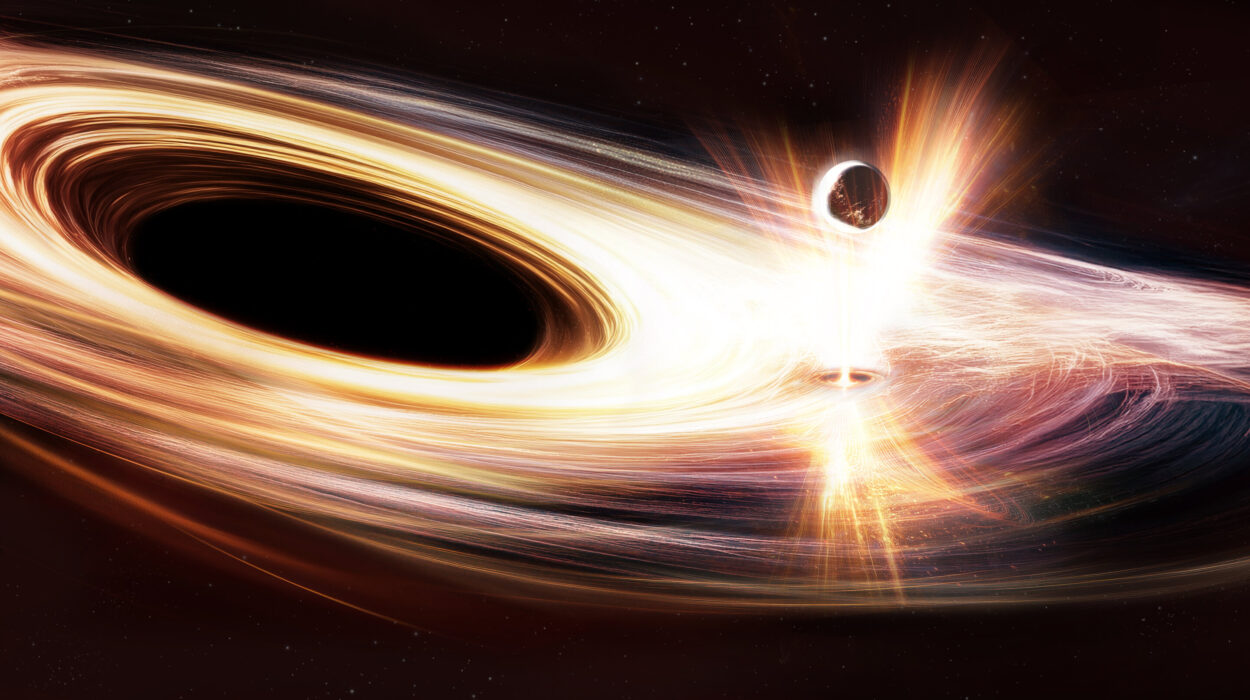For millennia, humans have looked up at the night sky, wondering if they were gazing into an empty void—or into a vast cosmic ocean teeming with life. The question “Are we alone in the universe?” is one of biology’s most profound and persistent mysteries. It’s a question that spans science, philosophy, and imagination. It challenges us to confront our place in the cosmos and asks us to consider the possibility that life, in some form, might exist elsewhere among the stars.
Modern biology, particularly the fields of astrobiology and exobiology, has taken this ancient question and turned it into a rigorous scientific inquiry. With new technology, deeper understanding of life’s requirements, and the discovery of thousands of potentially habitable planets, we are closer than ever to finding an answer.
But before we can even attempt to answer whether life exists elsewhere, we must first answer a more fundamental question: What is life? Only then can we understand where and how to search for it in the endless expanse of the cosmos.
What Is Life? Defining the Elusive
At first glance, “life” seems easy to recognize. A bird soaring through the air, bacteria multiplying in a petri dish, or an oak tree spreading its roots deep into the soil are all unmistakably alive. But when scientists try to define life in precise terms, things get complicated.
Biology generally defines life by several criteria:
- It consumes energy.
- It reproduces.
- It responds to its environment.
- It evolves over time through natural selection.
- It maintains internal homeostasis.
- It is made of cells (at least, here on Earth).
But what about viruses? They can reproduce and evolve, but they can’t do much without hijacking another organism’s machinery. Are they alive? And what about theoretical lifeforms that might be based on something other than carbon—like silicon—or that thrive in environments unimaginably different from Earth?
As we expand our search beyond our own planet, our definition of life must expand too. Otherwise, we risk overlooking life that looks nothing like what we expect.
Life on Earth: The Only Blueprint We Have
For now, Earth is the only place we know life exists. But life here is mind-bogglingly diverse, and some of its most bizarre forms offer clues about what life elsewhere might look like.
On Earth, life exists in environments once thought utterly inhospitable. Deep in the crushing depths of the ocean, entire ecosystems thrive around hydrothermal vents where temperatures soar above boiling and no sunlight penetrates. In acidic hot springs, organisms called acidophiles flourish in conditions that would dissolve most life forms. In the frozen wastes of Antarctica, bacteria survive in subzero brine sealed beneath the ice for millennia. And in the driest deserts, microbes persist in ancient rocks, eking out an existence from mere trace amounts of water.
These “extremophiles” prove that life is astonishingly adaptable. They hint that life doesn’t necessarily need conditions similar to Earth’s surface to exist. It could thrive in places we once dismissed as barren.
The Goldilocks Zone: Where Conditions Are Just Right
When astronomers search for life, they often look for planets in what’s known as the “habitable zone” or the “Goldilocks zone”—the region around a star where conditions are “just right” for liquid water to exist. Liquid water is considered essential for life as we know it because it’s a fantastic solvent, capable of transporting nutrients and enabling chemical reactions.
Our own Earth sits comfortably in the Sun’s habitable zone, but it’s not the only place where life-supporting conditions might arise. Planets orbiting other stars—exoplanets—have become prime candidates in the search for life.
Thanks to missions like Kepler and TESS, we now know of thousands of exoplanets. Many of these are Earth-sized and lie within their stars’ habitable zones. Some of them, like Proxima Centauri b (just 4.2 light-years away) and TRAPPIST-1d, e, and f (about 40 light-years away), have sparked serious excitement about the potential for life.
But is being in the habitable zone enough?
Beyond the Goldilocks Zone: Life in Unexpected Places
The search for life has led scientists to rethink their criteria. What if life doesn’t require Earth-like conditions at all? Some moons in our own solar system offer tantalizing possibilities.
Europa: Jupiter’s Ice-Covered Ocean World
Beneath Europa’s icy crust lies an ocean of liquid water, potentially more than twice the volume of all of Earth’s oceans combined. The gravitational pull from Jupiter creates tidal heating, which could keep this subsurface ocean warm and dynamic. Scientists speculate that hydrothermal vents, similar to those on Earth’s ocean floors, might exist here—providing energy sources for life.
Enceladus: Saturn’s Geysering Ice Moon
Enceladus shoots massive geysers of water vapor and ice particles into space. These plumes contain organic molecules, salts, and even simple hydrocarbons—key ingredients for life. NASA’s Cassini spacecraft flew through these plumes and detected molecular hydrogen, which could fuel microbial life.
Titan: A Methane Wonderland
Titan, Saturn’s largest moon, has rivers, lakes, and seas—not of water, but of liquid methane and ethane. Though it’s extremely cold (around -290°F or -179°C), some scientists think exotic forms of life could potentially evolve in such environments. Life based on methane rather than water would be utterly alien, but not beyond the realm of possibility.
These examples expand the horizons of where life might thrive. Oceans beneath ice crusts, hydrocarbon lakes, and deep planetary interiors are all now seen as potential habitats.
The Drake Equation: Calculating the Possibilities
In 1961, astronomer Frank Drake proposed an equation to estimate the number of intelligent civilizations in our galaxy with whom we might be able to communicate. The Drake Equation looks like this:
N = R × fp × ne × fl × fi × fc × L*
Where:
- R* is the rate of star formation in the galaxy.
- fp is the fraction of stars with planetary systems.
- ne is the number of planets per system with an environment suitable for life.
- fl is the fraction of suitable planets where life actually appears.
- fi is the fraction of life that evolves into intelligent beings.
- fc is the fraction of intelligent civilizations that develop detectable communication.
- L is the length of time such civilizations release detectable signals.
Many of these values remain unknown. Are we the exception, or the rule? Depending on the numbers you plug into the equation, you can predict anything from a galaxy teeming with civilizations to a lonely cosmic wasteland.
The Fermi Paradox: Where Is Everybody?
Physicist Enrico Fermi posed a sobering question during a casual lunch in 1950: “Where is everybody?” If intelligent life is common, why haven’t we found any evidence of it?
This is the heart of the Fermi Paradox. The paradox suggests a disconnect between the high probability of extraterrestrial civilizations and the lack of contact or evidence.
Several possible explanations exist:
- They’re too far away. Interstellar distances are immense. Even radio signals take years to travel between stars.
- They’re avoiding us. Advanced civilizations might deliberately avoid contact, following a cosmic version of the “Prime Directive.”
- They’re extinct. Civilizations may rise and fall before they ever meet one another.
- We’re not listening properly. Perhaps we haven’t looked in the right way or at the right time.
- We’re alone. Life might be incredibly rare, and we are the only sentient beings in our galaxy—or even the universe.
Signs of Life: How Would We Know?
Detecting alien life isn’t easy. Scientists focus on two main types of evidence: biosignatures and technosignatures.
Biosignatures
These are chemical or physical signs that indicate the presence of life. On Earth, oxygen and methane in the atmosphere are byproducts of living organisms. Detecting similar gases on an exoplanet could hint at biological activity.
The James Webb Space Telescope (JWST) and future missions are designed to analyze exoplanet atmospheres. If they find an imbalance of gases that can’t be explained by non-biological processes, it could be the first sign of life.
Technosignatures
Technosignatures are signs of advanced technology. Radio signals are the classic example. The Search for Extraterrestrial Intelligence (SETI) listens for unusual radio signals from space. So far, nothing conclusive has been found—though there have been intriguing mysteries, like the famous “Wow!” signal detected in 1977.
Some scientists even propose searching for things like Dyson spheres—hypothetical megastructures built around stars to capture energy—or unusual patterns of light from distant stars.
What Would Alien Life Look Like?
Speculating about alien life is part science, part imagination. Would they be carbon-based like us? Would they need water? Would they even be biological?
Microbial Life
Most scientists agree that if we find alien life, it will likely be microbial. Microbes are hardy, adaptable, and capable of surviving extreme conditions.
Complex Life
The evolution of complex life is much less certain. On Earth, it took billions of years for multicellular life to evolve from single-celled organisms.
Intelligent Life
Intelligence seems even rarer. Humans are the only species on Earth capable of advanced technology. Intelligence may require a unique combination of environmental pressures and biological traits.
Some thinkers suggest that intelligent alien life might not even be biological. It could be machine-based—artificial intelligence created by biological beings that have long since disappeared.
The Impact of Discovery: Are We Ready?
If we discovered life—especially intelligent life—how would humanity react?
Scientific Impact
The discovery of alien life would revolutionize biology. It would show that life is a universal phenomenon, not a freak occurrence on Earth. Understanding alien biochemistry could lead to breakthroughs in medicine, energy, and more.
Philosophical and Religious Impact
Religions and philosophies might need to reconsider humanity’s place in the universe. Some belief systems might embrace the idea of a populated universe; others could struggle to reconcile it with their teachings.
Societal Impact
Contact with intelligent aliens—if it ever happened—could be unifying or divisive. Would nations cooperate, or would old rivalries intensify? Would we panic or celebrate?
Conclusion: Are We Alone?
We don’t have the answer. Yet.
But the search continues. With every new telescope, every rover sent to Mars, and every mission planned to explore Europa or Enceladus, we move closer to solving one of biology’s greatest mysteries.
Perhaps we will find a microbial cousin beneath an icy moon’s crust, or decode a distant radio message from a civilization far older than ours. Or perhaps we will discover that we truly are alone, and that the universe is ours to explore and understand.
Either way, the journey itself is profoundly important. It forces us to look outward—and inward. To ask who we are, where we come from, and what our future might hold.
The universe is vast. And in the vastness, there is always hope.






